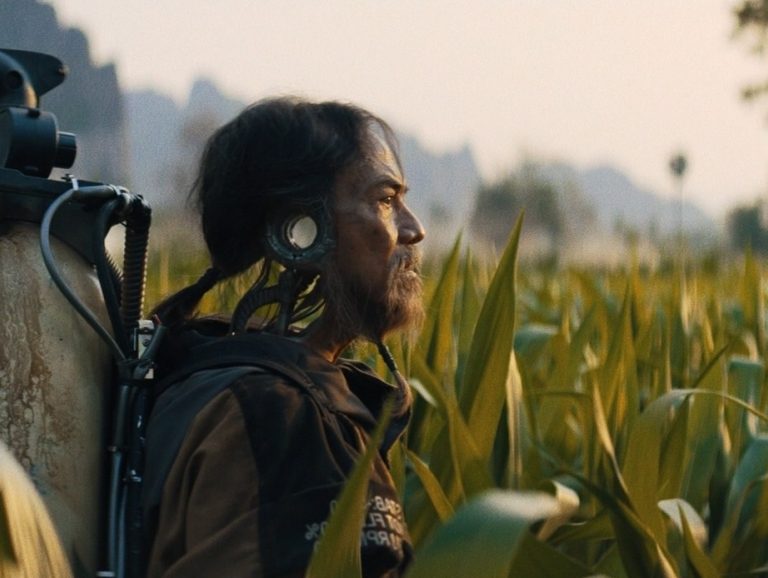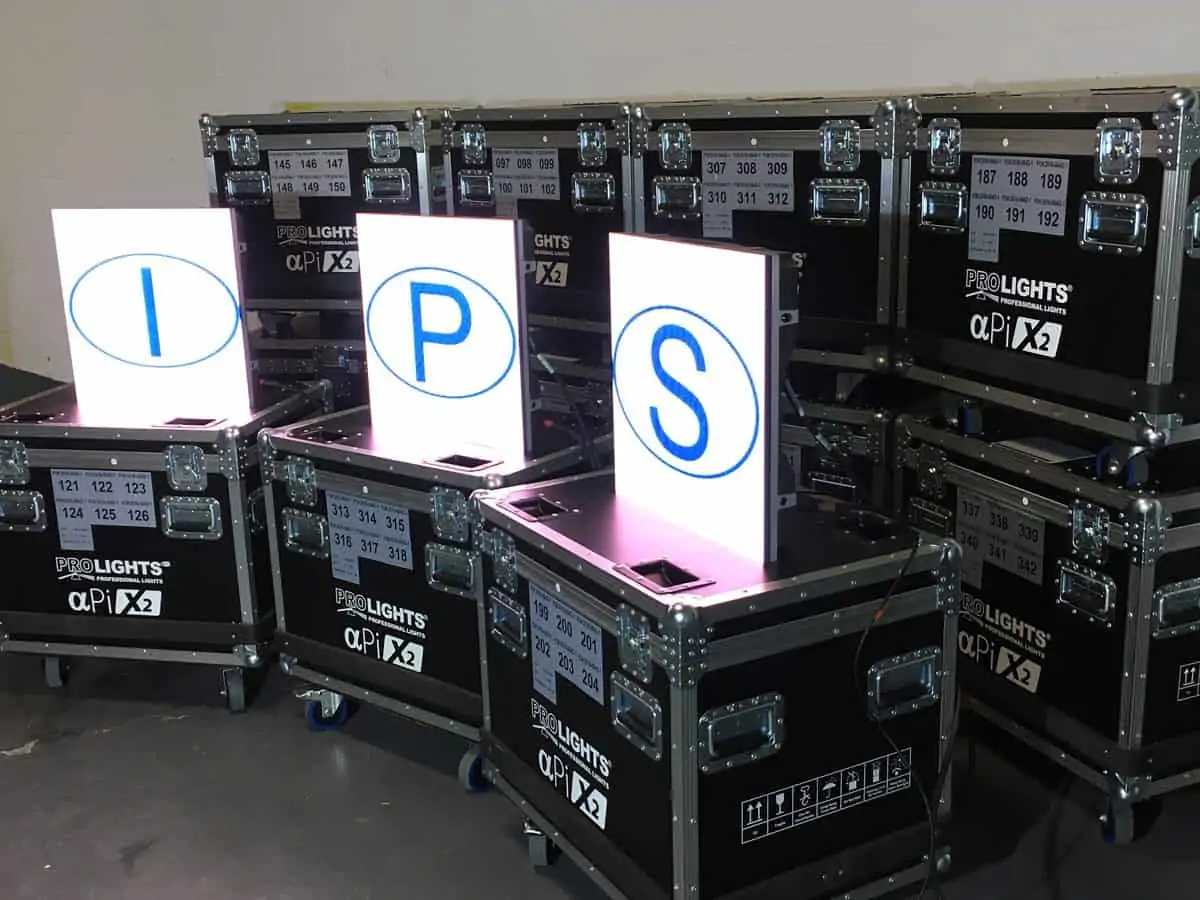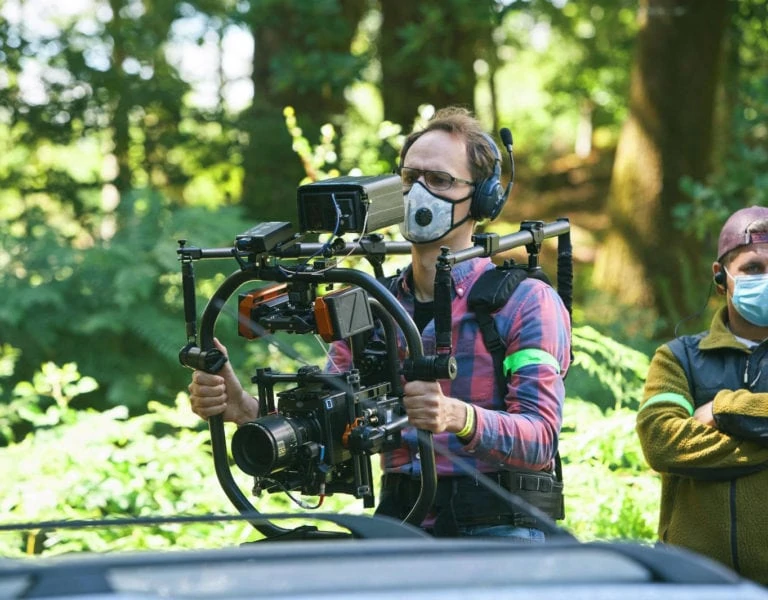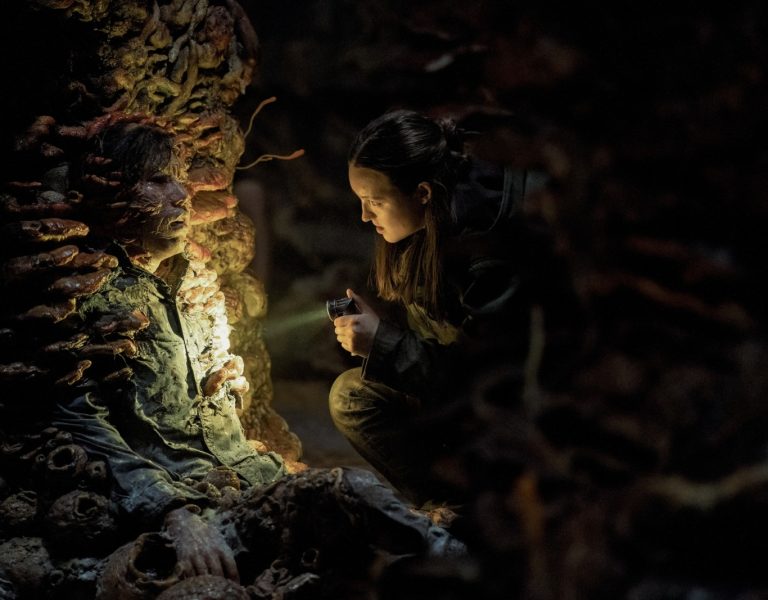ONE YEAR LATER…
The tumultuous SAG-AFTRA strikes that shook Hollywood in 2023 are now history. But has the industry truly recovered from its longest strike?
Nearly a year has passed since Hollywood faced another crisis amidst the fallout of the pandemic: the longest SAG-AFTRA strikes in history. Coupled with the 2023 Writers Guild of America strike, reports suggest this situation resulted in 45,000 job losses and blew a $6.5 billion hole in southern California’s economy, depending on your news source.
The repercussions extended beyond the US, affecting the UK film industry, where production houses struggled with rent payments and witnessed the closure of some small businesses such as rental houses. The obvious domino to fall next was that of the freelance production crew.
“The phone just stopped ringing,” Dominic Howlett, co-founder of Window Zebra and DP (End of Infinity, The Boy in the Shed), recalls. “In fact, the only reason I knew my phone still worked was because it was buzzing every day with messages from my crew asking if I had anything coming up. It was hard to have to keep telling my colleagues that I didn’t have any work for them.”
Despite the challenges, he considers himself “beyond lucky” that he didn’t have to look for any alternative jobs, unlike many of his peers. Still, the strikes profoundly impacted his approach to finding work.
“I worked with a few close friends to find alternative financing for a range of unscripted projects that I had been passionate about for a while,” he says. “Fortunately, we were able secure this finance and incredibly my team and I have been able to travel across the world, filming something we are genuinely passionate about. I wasn’t able to support everyone I wanted to help but I was pleased to be able to find work for as many people as I could.”
As the strikes ended, it felt like the curtains were lifting after a prolonged intermission. A tangible sense of hope emerged, suggesting the imminent resumption of the spectacle and promising to restore normalcy to the realm of screens big and small. This hope was realised in part as studios and broadcasters worked to restart paused productions. The end of the strikes marked a new beginning for Hollywood, offering a chance to start the show anew.
That’s not quite the case, certainly on this side of the pond. A Bectu survey of 4,000 UK film and TV workers published in February makes for grim reading, with 68% still jobless and 30% having no work for three months. Financial and mental health concerns rise, prompting many, especially women and ethnic minorities, to consider leaving the sector altogether. So bleak is the situation, the union has called for government intervention.
Others have made drastic work and lifestyle changes to futureproof themselves, such as DP Ed Lister, who was able to “keep running” with corporate video and multi-cam event work which have often helped during the leaner times. Now, he is experiencing a warmer climate in more ways than one.
“Last summer, I was given an opportunity to move out to Dubai,” he says. “Not really knowing the lay of the land too much, it was a bit of a leap of faith… but staying put, not knowing how busy (or quiet!) I’d be back in the UK was also going to be just as much of a gamble – it was an opportunity I had to take. That’s where I’m currently working, keeping an eye well and truly on everything.”
Camera operator Tanya Marar ACO was fortunate enough to remain in work during and after the strikes “or would have otherwise being doing a lot of DIY” to keep herself occupied. “Some good advice I got a while ago was ‘always save a lot more than you think you need’,” Marar adds. “Having that cushion is important if you want to weather the dry spells.”
That said, she believes the industry “is going through a bit of a crisis aside from the strikes, with budgets, what is and isn’t getting commissioned, creativity and freedom vs business ROI, failure of governments to manage the cost of living, the looming threat of AI and how that is going to affect things, and more broadly the political situation and uncertainty in the world”.
Looking ahead, New York-based cinematographer Zach Kuperstein, whose Netflix projects Woman of the Hour and Don’t Move are slated for theatrical release in the coming months, says it “feels like the industry is hesitant to get things going” which only adds even more fuel to the already raging fire of uncertainty.
“I think it’s going to be at least until this [autumn] that we see things taking off again, and more likely early next year. Even then, it could take a long time for things to stabilise, in the meantime forcing us to be grateful for whatever work comes our way. We are a very resilient and passionate workforce who will continue to fight for a meaningful work-life balance, doing the things we love.”
Lister says the current malaise “is like a harsh winter that’s just stayed” and says that the industry needs “a bit of a push so that quality over quantity comes back as the working mentality, so this race to the bottom with rates to just get everything made cheaper vanishes alongside it, too”.
Still, Howlett says there’s money out there – you just need to exhaust all avenues.
“It can be frustrating to read articles that just tell you to go out and find finance, especially when you read them from people who were born into the industry, but as a person who didn’t grow up in the film world, I wanted to say that it is possible,” he says. “There are opportunities everywhere and they can sometimes come in very unlikely places. Reach out to people, discuss your ideas…you never know what will happen.”

















